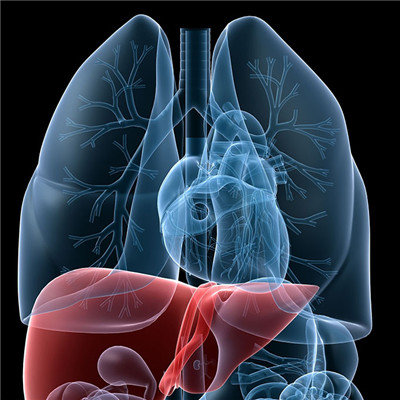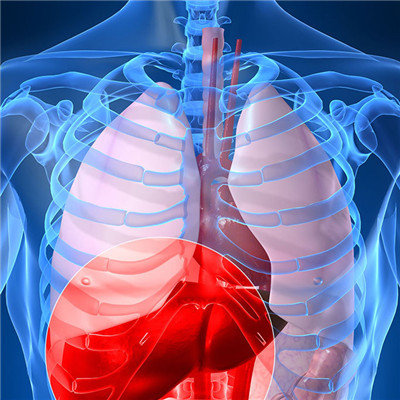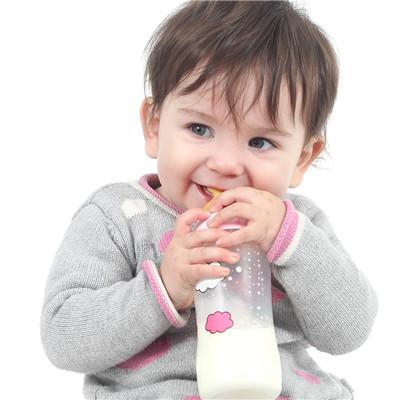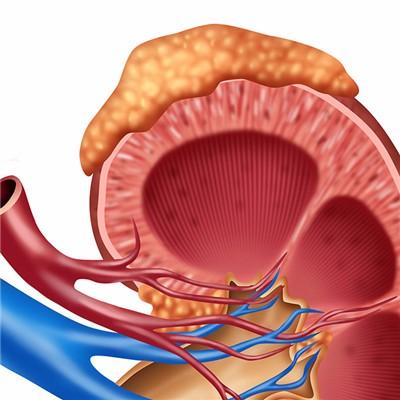Is cholestatic jaundice serious?
summary
Cholestatic liver disease in infants refers to the dysfunction of secretion of hepatocytes and / or bile capillaries caused by various reasons in infants (including newborns) under 1 year old, or the reduction or lack of bile excretion caused by bile duct lesions. The main clinical manifestations were hyperbilirubinemia, fecal color change, bile acid increase, with or without hepatomegaly, abnormal texture and abnormal liver function. Is cholestatic jaundice serious? Next, I'd like to share my views with you.
Is cholestatic jaundice serious?
There may be premature birth, intrauterine and ectogenic growth retardation, feeding difficulties, vomiting, slow growth and clay colored stool. Jaundice can be seen in the neonatal period, but it is often delayed to 2-3 weeks. The color of urine is dark yellow, and the stool is often light yellow, light brown yellow, gray or white. The exudation of bilirubin products around the intestinal mucosa often makes the stool slightly yellow, and there may be hepatomegaly.

The weight growth curve reflects little weight gain, which may be the result of poor fat absorption and increased oxygen consumption. Generally, jaundice occurs 2 weeks after birth, and gradually worsens, but it can also be as late as 2-3 months. Low appetite, weak sucking reflex and drowsiness often occur. In mild cases, slow growth can be the only symptom, and occasionally liver failure and thrombocytopenia can be seen, Edema (non hemolytic edema) and neonatal hemorrhagic disease.

Bilirubin increased, both conjugated and unconjugated bilirubin increased, mainly conjugated bilirubin. Serum bile acid is a sensitive index in the diagnosis of cholestasis, which is often elevated. γ- Glutamic acid transphthalase, serum alkaline phosphatase, 5-nucleotidase and so on can be increased dozens of times.

matters needing attention
Improve nutrition: when sick children have fat diarrhea, the diet can reduce fat, such as skim milk, add medium chain triglyceride. The latter can be absorbed by intestinal tract without bile acid, but can not supply all essential fatty acids. At least 10% of the total calorie should be supplied by long-chain triglyceride. In general, the fat absorption function is not completely lost. In addition, we should also pay attention to the adequate supply of calories and protein.











